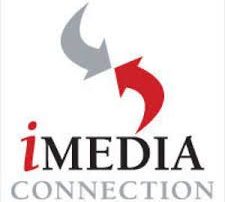Hey agency owner — what’s your succession plan?
When I look an agency owner in the eye and ask, “what’s your business succession plan?” it’s amazing what I see in their eyes. I work with 150 or so small to mid-sized (1 employee to 150 employees) privately held agencies every year. These are smart business owners who are successfully running profitable businesses that provide a great life for themselves, their families and their employees. These are people who make lots of right choices every day. And yet most of them (and you) have not faced the succession plan issue dead on. I think for many agency owners it feels so far down the road that they don’t worry about because they’re focusing on hotter issues. I can’t tell you how wrong you are, if that’s what you’v been thinking. If you actually want some control over your own exit strategy — you should have a good idea of how you’d like it to play out at least a decade before you’re ready to hang it up. Yes, a decade. The sooner you decide how you’d like your business succession plan to go, the sooner you can make decisions that increase the likelihood that it will happen the way you want. I’ve seen agency succession plans play out in many ways over the years but the truth is, you have a limited number of options. You can sell your agency to an outside buyer You can sell your agency to an employee or group of employees You can just decide when you want to be done and lock the door on your way out You can be forced out by partners You can die at your desk and leave your heirs to sort it out [...]










